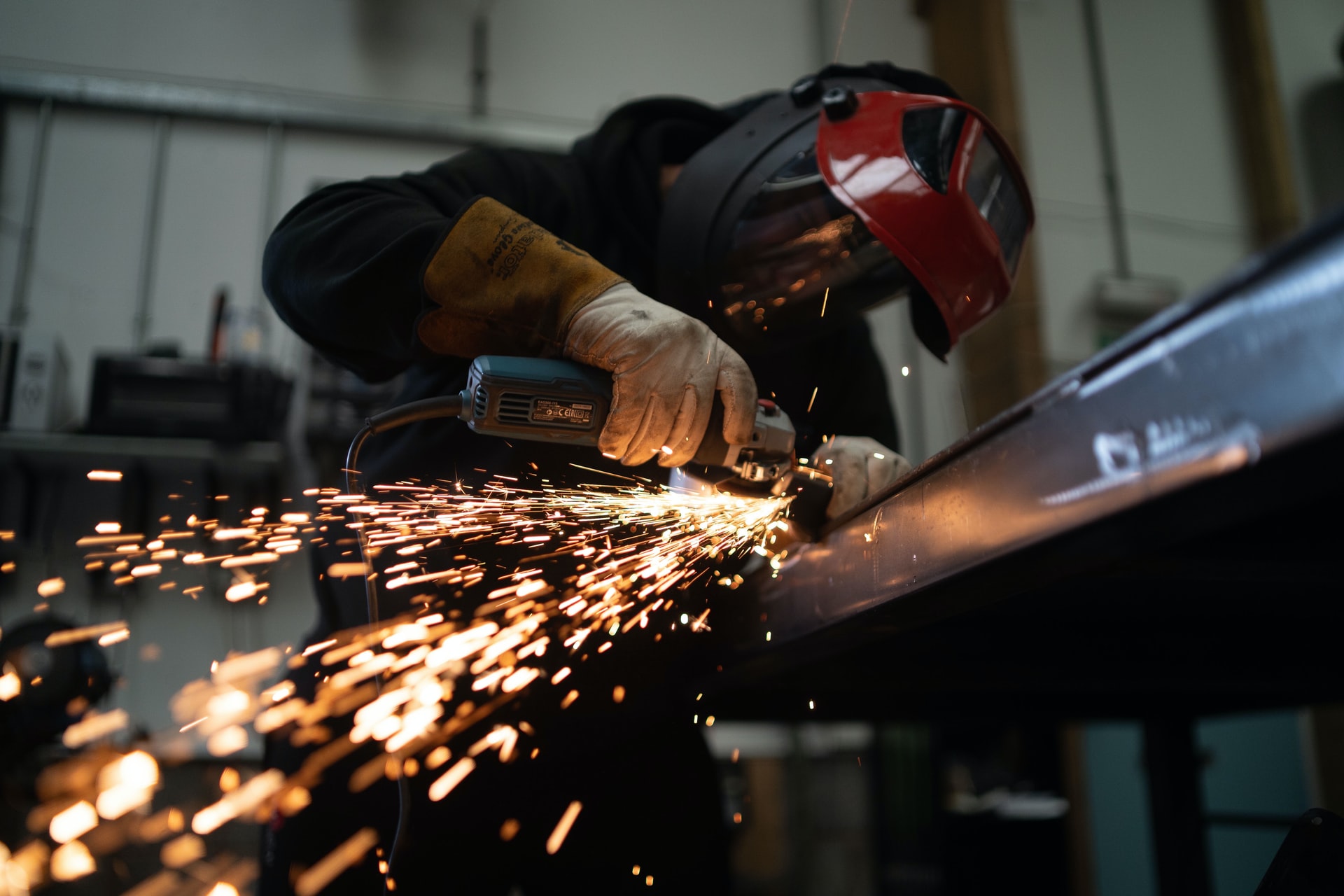Even if your family has a lengthy history of starting and running successful manufacturing companies, you’ll need to gain some experience to earn profit. However, you’ve already shown that you have the will to succeed even if the road isn’t always apparent when you decide to become a manufacturer.
Handling an entire manufacturing business can be hard to carry. You’ll have to focus on increasing your customer’s trust, ship orders and packages on time, produce high-quality products to achieve a favorable reputation, and optimize production scheduling. Fortunately, meeting all these at once is all possible will the help of these management strategies.
Determine Your Course of Action
You need to know what you’re striving for before propelling your business to success.
- What products do you plan to create ?
- Which state will produce your goods ?
- Do you think the firm will make everything in-house, or will you have to look elsewhere for some components ?
- What type of tools do you require ?
- Considering your current output levels, have you considered your long-term goals ?
- What is the total capacity of your company ?
- Is there a market for what you’re selling?
- Is your production schedule in sync with what’s needed right now?
As a starting point, your business strategy should include the solutions to these questions and other pertinent issues. They will provide a strong foundation for your company.
Increase Your Investment in Emerging Technologies
The ability to run a manufacturing company effectively relies on having a solid technical background. To be relevant, you and your staff must stay abreast of changes in manufacturing technology and understand how to apply it. Collaborative robots, or cobots, are an enormous uproar in the manufacturing industry. They assist individuals in their job by performing these activities alongside them in shared, secure environments.
Cobots help you boost efficiency and improve competitiveness with smart industrial settings thanks to unique features such as simple programming, built-in machine vision, simple programming, and automated stopping mechanisms that engage when they collide with another item.
Moreover, computer-aided design (CAD) software for manufacturing, inventory, and accounting management system, and even 3D printing in some industries have made it possible for companies to work more productively than ever before.
The latest technological tools help the most efficient companies maintain their competitive pricing, and appropriate equipment financing can make new tech more affordable for you.
Choose an Underperforming Product Line as Basis
Most of the product lines that have poor performance are usually due to several problems. Among these are insufficient customer awareness and sales, improper production scheduling, quality, fulfillment problems, or traceability challenges. The factors concerning an underperforming product that contribute to its downfall will become easier to spot.
Install PLCs and Sensors on Old Machines
Plant managers, also known as pilots, are known to use PLC sensors and controllers when dealing with older machines. It’s a procedure that is always done in the first series of steps as it provides a complete 100% visibility across the whole plant floor. You could also use the information gained from older machines as ideas or insights for product redesigning and improving manufacturing.
Define KPIs and Metrics
Rather than adding a dozen more KPIs and metrics, manage your focus on essential ones on streamlining manufacturing operations. Making a roadmap-like diagram of only the crucial KPIs and parameters is ideal for planning which ones are future-ready. After settling the right processes along with various data collection systems, the roadmap is ready for application.
Observe how the MES Captures Machine-level Data
One goal is to capture machine-level data that is useful when calculating for Overall Equipment Effectiveness (OEE) and the additional KPIs and metrics on the dashboard. Parameters related to process located at the machine level are also needed for capture and aggregation, which will then be passed onto the plant level and work center. The said metrics are for the calculation of the asset or machine utilization value. It also uses data to define analytics that monitors the performance of the machine against set limits.
Pay Attention to Inventory Management
As a manufacturing company, managing your inventory is essential. In addition to the items themselves, your inventory includes the raw materials and components required to make those products. It takes money and time to organize and maintain records of all the products entering and exiting your inventory from various vendors. In addition, inventory management can influence the efficiency of manufacturing, the quality of the product, and its prices.
Because your entire business and company depend on the manufacturing industry you worked so hard to prepare and build; you’ll also want to protect it. Make sure you have invested in commercial property insurance. Not only does it protect your physical assets from storms and fires, but it also includes theft, vandalism, explosions, and burst pipes.






